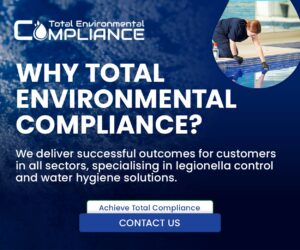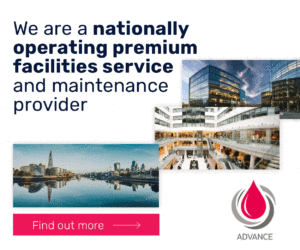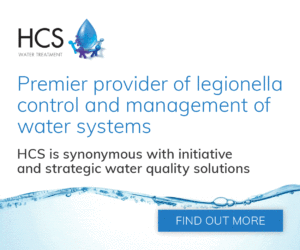By Cheryl Ellerington, Managing Director of FMBusinessDaily
Monday 18 July was one of the hottest days ever in the UK, so it was perhaps a fitting date for the High Court to rule the government’s landmark Net-Zero Strategy inadequate and unlawful. This ruling came after a successful legal challenge brought by Good Law Project, Joanna Wheatley, ClientEarth and Friends of the Earth
The High Court judgment – published amid the Met Office’s first-ever red alert for extreme heat – said the strategy, which sets out plans to decarbonise the economy, does not meet the government’s obligations under the Climate Change Act.
The ruling, from Mr Justice Holgate, states Greg Hands, the minister for business, energy and industrial strategy (BEIS), who was responsible for signing off the net-zero strategy, did not have the legally-required information on how carbon budgets would be met.
He nevertheless approved the strategy.
Everyone is agreed that net-zero is the target that we all need to work towards, the FM sector included. But what does it actually mean?
About Net-Zero
Net Zero essentially means that a company is eradicating its emissions through actual reductions by investing in new efficiency technologies and engaging with staff to change their energy usage patterns. This results in a reduction of CO2 emissions, while any remaining emissions would be offset by investing in schemes to remove an equivalent amount of greenhouse gases in another part of the world that is outside of the company boundary. As a very simple example, planting trees removes CO2 from the atmosphere. Therefore, a company can offset its total emissions by funding a project that plants new trees.
In practice however, it comes down to the corporate responsibility of the company as to how far a business goes to reduce its emissions before offsetting. The current focus on net zero can easily result in many companies taking the ‘easy’ option and offsetting their way to achieve net zero status without investing in actual emissions reductions. Or in some instances ‘Net Positive’, which is when a company offsets more that it needs to become net zero.
When it comes to emissions, facilities face a big problem – they generate 40% of total annual global CO2 emissions, with building operations making up 28% of those total emissions. Whatever type of facility you own or operate, you can contribute to the fight against climate change, improve your public reputation, and increase your funding with a net zero focused facility management strategy.
Here is a brief list of what facilities management can do to work towards achieving net-zero:
- Calculate their current greenhouse gas emissions
You can do this manually using the Greenhouse Gas Protocol’s GHG Emissions Calculation Tool. Alternately, you can use an energy and sustainability management platform to calculate your emissions for you.
- Participate in peak load management
By shifting your facility’s energy load overnight (e.g., to baseload nuclear or renewable power), you can avoid the dispatch of the dirtiest generation during peak hours (e.g. oil peakers), thus reducing emissions.
- Take advantage of one-site renewable generation
- Procure green energy
- Implement energy efficiency projects
Examples include:
- Installing new energy efficient machines, HVAC, and lighting systems
- Regulating the temperature with smart thermostats
- Using ENERGY STAR certified appliances
- Measure and verify your efforts
The environmental impact of designing green buildings, the implications for facilities maintenance and occupant experience are often overlooked. But a comprehensive strategy to improve energy efficiency and reduce carbon emissions can add real value to both.
Image: Shutterstock





















































































